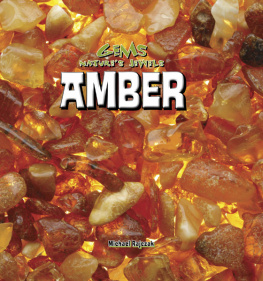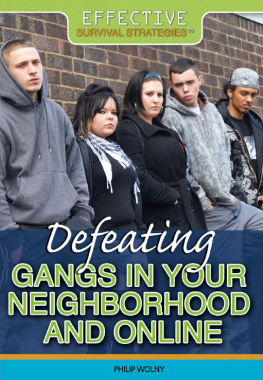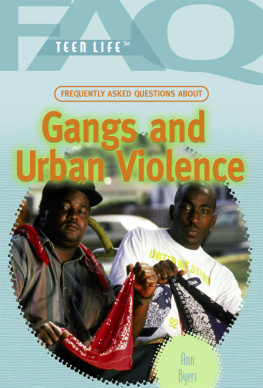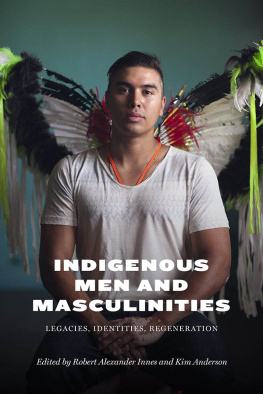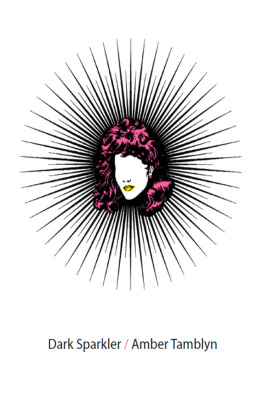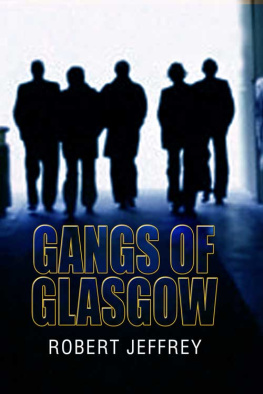Published by
University of Alberta Press
116 Rutherford Library South
11204 89 Avenue NW
Edmonton, Alberta, Canada T6G 2J4
Amiskwacwskahican | Treaty 6 | Mtis Territory
uap.ualberta.ca
Copyright 2021 Robert Henry
Library and Archives Canada Cataloguing in Publication
Title: Indigenous women and street gangs : survivance narratives / Amber, Bev, Chantel, Jazmyne, Faith, Jorgina & Robert Henry.
Names: Amber (Author of Indigenous women and street gangs), author. | Bev (Author of Indigenous women and street gangs), author. | Chantel, author. | Jazmyne, author. | Faith (Author of Indigenous women and street gangs), author. | Jorgina, author. | Henry, Robert, 1980 author.
Description: Includes bibliographical references.
Identifiers: Canadiana (print) 20210221186 | Canadiana (ebook) 20210221283 | ISBN 9781772125498 (softcover) | ISBN 9781772125849 (EPUB) | ISBN 9781772125856 (PDF)
Subjects: LCSH: Female gang membersPrairie ProvincesSocial conditions. | LCSH: Female gang membersPrairie ProvincesSocial conditionsPictorial works. | LCSH: Indigenous womenPrairie ProvincesSocial conditions. | LCSH: Indigenous womenPrairie ProvincesSocial conditionsPictorial works. | LCSH: Female gang membersPrairie ProvincesBiography. | LCSH: Indigenous womenPrairie ProvincesBiography. | LCSH: GangsPrairie Provinces. | LCSH: Street lifePrairie Provinces. | LCSH: Street lifePrairie ProvincesPictorial works. | LCGFT: Biographies.
Classification: LCC HV6439.C32 P735 2021 | DDC 364.106/60925209712dc23
First edition, first printing, 2021.
First electronic edition, 2021.
Digital conversion by Transforma Pvt. Ltd.
Copyediting and proofreading by Joanne Muzak.
Book design by Alan Brownoff.
Cover photo: Representing young Indigenous girls taken by the state and treated as faceless and nameless. Photo by Faith. Used by permission
All rights reserved. No part of this publication may be reproduced, stored in a retrieval system, or transmitted in any form or by any means (electronic, mechanical, photocopying, recording, or otherwise) without prior written consent. Contact University of Alberta Press for further details.
University of Alberta Press supports copyright. Copyright fuels creativity, encourages diverse voices, promotes free speech, and creates a vibrant culture. Thank you for buying an authorized edition of this book and for complying with the copyright laws by not reproducing, scanning, or distributing any part of it in any form without permission. You are supporting writers and allowing University of Alberta Press to continue to publish books for every reader.
University of Alberta Press gratefully acknowledges the support received for its publishing program from the Government of Canada, the Canada Council for the Arts, and the Government of Alberta through the Alberta Media Fund.
This book has been published with the help of a grant from the Canadian Federation for the Humanities and Social Sciences, through the Awards to Scholarly Publications Program, using funds provided by the Social Sciences and Humanities Research Council of Canada.
In keeping with the relational accountability approach to this research, the co-authors researched and discussed an ethical process for ensuring the people included in photographs in this book granted consent for their publication. This process involved describing the purpose of the photos to each person photographed and securing written or verbal consent to publish them. Anyone with questions about this process or specific photographs can contact the authors via the publisher.
Acknowledgements
This collection of powerful narratives would not have been done without the following supports. As authors we would like to thank all of the women who participated in sharing their stories here, as well as those that were unable to share their stories in these pages. We would like to thank the Centre for Forensic Behavioural Science and Justice Studies at the University of Saskatchewan for financial support to conduct the research.
We also need to acknowledge Alicia Clifford and her work editing the narratives in the final stages.
Finally, we would like to acknowledge all of our STR8 UP sisters, brothers, Father Andr, Stan, Alex, and everyone who keeps STR8 UP moving forward. Without you, our stories would be different, and we thank you for your support over this project.

Introduction
In the fall of 2012, I [Robert] began a project in collaboration with STR8 UP 10,000 Little Steps to Healing, a grassroots non-profit organization that works with people who are trying to remove themselves from street gangs and the street gang lifestyle. STR8 UPs mission is to assist individuals in mastering their own destiny in liberating themselves from gangs and criminal street lifestyles. STR8 UP works in the core community in Saskatoon [Saskatchewan, Canada] with ex-gang members their families, to help support individuals as they embark on a healthier path. As I was working with the participants, a few women who were also involved with STR8 UP approached me to ask why the focus is always on male gang members, and why women are continuously ignored or treated as an afterthought. As one woman stated, We put in the work, too.
I could not deny what the women were saying. When we look at any research, policy, or even discussion around street gangs, its clear that the focus is on male experiences and perspectives. Such approaches help us gain a broad understanding of political spaces, but continue to privilege second-hand perspectives on Indigenous womens experiences in and out of street gangs.
I do not want to perpetuate or support a Western socio-anthropological gaze, where the women are constructed as helpless victims, which reinforces what Simon Hallsworth and Tara Young call gang talk. that holds racial and classist undertones that support increased surveillance onto specific bodies and communities under the guise of protection.









